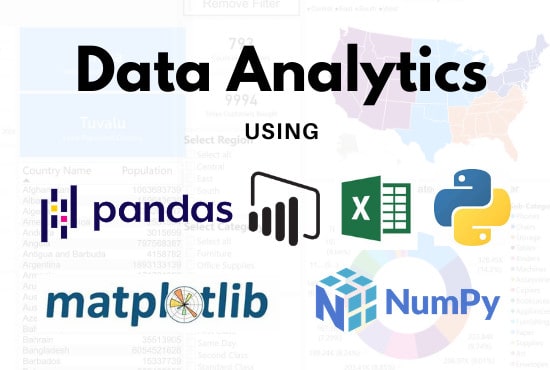

ATLAS.tiĪTLAS.ti is a powerful QDA software tool, it supports large bodies of textual, graphical, audio and video data. Pricing: The price will vary according to a few factors, for example, whether you are a student or whether you are purchasing for an organization. After you’ve coded your data, you will still have to analyze your data manually, which could take a long time. While it is powerful compared to some of its competitors like Taguette, it doesn’t have the power to work with large data sets. Weakness: NVivo struggles with languages that have characters, this isn’t a problem, for instance, for MAXQDA. This software was founded in 1989, so they have been around for a while and you can trust that their offerings are reliable. It also uses AI to help users with audio transcription. Strengths: It’s easy to use and can support a number of different languages. You can then tag and categorize this data for analysis.īest for: In their words, MAXQDA was “created by researchers, for researchers.” This is across the education, non-profit and commercial sectors. It lets you input data from a range of sources such as surveys, interviews, and focus groups to name a few. MAXQDA is a qualitative, quantitative, and mixed method data analysis tool.
Quantitative tools for data analysis free#

This data, when it comes back to you, can be immense.

Some popular types include interviews, focus groups, surveys, e-mails, customer feedback, customer service tickets, observation notes, and phone calls. Qualitative data is collected from a number of different sources. In order to understand what qualitative software can do for us, we need to start with what qualitative data actually is.Įssentially, qualitative data is data that is non-numerical. What is Qualitative Data Analysis Software? The 8 Best Qualitative Data Analysis Software.What is Qualitative Data Analysis Software?.Here we’ll explain exactly what qualitative data analysis software is, then talk you through some of the best tools on the market. There are a lot of options out there and choosing the ideal software for your needs is not always easy. Nowadays, however, data is so ubiquitous that even those outside of those remits can find themselves needing to make sense of large amounts of data. Traditionally these tools were used exclusively by data specialists or analysts. For this you’ll need the right qualitative data analysis tools. However, in order to extract meaningful insights, you have to effectively analyze the data you collect. Examining your customer’s experience (CX) and putting the customer at the center of everything you do is likely to lead to an increase in your bottom line. Qualitative data tells you how your customers feel and what they want from you. Collecting qualitative customer data unlocks a potential goldmine of growth for your organization.


 0 kommentar(er)
0 kommentar(er)
